18 Days and 17 Nights
Daily Tour
94 people
English
About this tour
Embarking on the Himalayan Odyssey: Everest Base Camp and Lobuche East
Nepal, a land of towering peaks and ancient traditions, beckons adventure enthusiasts to explore the heart of the Himalayas. Among the myriad options for trekking and mountaineering, the combination of Everest Base Camp and Lobuche East is an iconic journey, promising an immersive experience that blends breathtaking landscapes, cultural encounters, and the thrill of high-altitude adventures. This overview will delve into the details of these two remarkable destinations, providing a comprehensive guide for those seeking the ultimate Himalayan odyssey.

Everest Base Camp:
1. The Pinnacle of Trekking Excellence:
Nestled in the formidable shadow of Mount Everest, Everest Base Camp (EBC) is the gateway to the world’s highest peak and a trekker’s dream destination. At an elevation of approximately 5,364 meters (17,598 feet), EBC offers a trekking experience that marries awe-inspiring natural beauty with the rich cultural tapestry of the Khumbu region.
2. Geographic Context:
Situated within Sagarmatha National Park, a UNESCO World Heritage Site, the trek to Everest Base Camp begins with a scenic flight to Lukla, one of the world’s most challenging airports. From Lukla, trekkers traverse through lush forests, charming Sherpa villages, and high-altitude landscapes that gradually transition from temperate to alpine.
The trail passes through iconic landmarks such as Namche Bazaar, the vibrant Sherpa capital, and Tengboche Monastery, where trekkers are greeted with panoramic views of Everest, Ama Dablam, and other towering peaks. As trekkers ascend, the landscape transforms, revealing the Khumbu Glacier’s stark beauty and Everest’s daunting presence.
3. Cultural Highlights:
The cultural immersion along the EBC trek is as captivating as the landscapes. Sherpa villages like Namche, Dingboche, and Gorak Shep offer glimpses into the local way of life. Trekkers can explore ancient monasteries adorned with prayer flags, engage in conversations with the warm-hearted Sherpa people, and witness traditional ceremonies that echo the deep spiritual connection of the locals with their mountainous environment.
4. Acclimatization and Altitude:
Given the significant altitude gain during the trek, acclimatization becomes crucial to the journey. Acclimatization days in key locations like Namche and Dingboche allow trekkers to adapt gradually to thin air, reducing the risk of altitude-related illnesses. These breaks also provide opportunities to explore the surroundings and engage with the local culture, making the journey a physical challenge and a holistic adventure.
5. Everest Base Camp:
Reaching Everest Base Camp is a moment of triumph and reflection. The camp is a bustling hub during the climbing season, with mountaineers worldwide preparing for their ascent of Everest. The proximity to the Khumbu Icefall and the towering peaks creates an otherworldly atmosphere, and trekkers often find themselves captivated by the sheer magnitude of the surrounding mountains.
6. Climbing Kala Patthar:
While Everest Base Camp is the destination, the trek to the region is only complete by ascending Kala Patthar. Standing at 5,545 meters (18,192 feet), Kala Patthar provides the best panoramic views of Everest, Lhotse, Nuptse, and the surrounding peaks. The pre-dawn trek to the summit of Kala Patthar is a surreal experience, culminating in a breathtaking sunrise that bathes the Everest massif in golden hues.
Lobuche East:
1. The Enigmatic Lobuche East:
For those seeking a more challenging and adventurous extension to their Everest Base Camp trek, Lobuche East presents an excellent opportunity to venture into high-altitude mountaineering. At 6,119 meters (20,075 feet), Lobuche East is a striking peak that offers stunning views of the Everest and Khumbu regions. The climb is non-technical but requires higher physical fitness and mountaineering skills compared to the EBC trek.
2. Location and Approach:
Lobuche East is located in the Khumbu region, just a few kilometers from Everest Base Camp. The approach to Lobuche East typically involves trekking from Gorak Shep, near Everest Base Camp, to Lobuche Village. From Lobuche, climbers traverse the Lobuche Glacier to reach High Camp, the launching point for the ascent.
3. Climbing Route and Difficulty:
The standard route to the summit of Lobuche East is via the Southeast Ridge. While considered non-technical, the climb involves steep sections, snow and ice slopes, and a challenging ridge ascent. Climbers must be proficient in using crampons, ice axes, and ropes. The final push to the summit rewards climbers with unparalleled views of Everest, Lhotse, Nuptse, and the surrounding peaks.
4. Acclimatization and Preparation:
Given the higher altitude and technical aspects of Lobuche East, proper acclimatization is crucial. The acclimatization gained during the Everest Base Camp trek provides a solid foundation, but additional rotations and rest days at higher elevations are essential. Climbers must be well-prepared physically and mentally for the demands of high-altitude mountaineering.
5. Summit Day and Views:
Summit Day on Lobuche East is an exhilarating experience. The climb typically begins in the early morning, navigating the glacier and ascending the ridge. As the sun rises, illuminating the vast Himalayan landscape, climbers are treated to a breathtaking panorama. The summit of Lobuche East offers a unique perspective, with Everest and Lhotse seemingly within arm’s reach.
6. Descending and Reflection:
Descending from the summit, climbers return to Everest Base Camp, completing a full circle of their Himalayan adventure. The descent allows for reflection on the challenges overcome, the beauty witnessed, and the sense of accomplishment that comes with standing atop a Himalayan peak.
Embarking on the combined journey of Everest Base Camp and Lobuche East is a testament to the allure of the Himalayas. From the cultural immersion and trekking excellence of Everest Base Camp to the high-altitude adventure of Lobuche East, this odyssey provides a comprehensive experience of the Khumbu region.
The journey unfolds like a story, with each step revealing the mountains’ grandeur, the local communities’ warmth, and the indomitable spirit required to conquer the heights. Whether standing at Everest Base Camp gazing at the world’s highest peak or summiting Lobuche East with the entire Himalayan range at your feet, this adventure leaves an indelible mark on the hearts and souls of those who dare to tread the path less traveled in the shadow of giants.
Please Follow Us For more Updates :
Website : Base Camp Trip
Highlights
- Gateway to Everest
- Diverse Landscapes Traverse lush forests, Sherpa villages, and glacial moraines, witnessing ever-changing scenery.
- Visit the iconic Tengboche Monastery, surrounded by panoramic views of Everest and Ama Dablam.
- Kala Patthar Sunrise
- Everest Base Camp
- High-Altitude Adventure Non-technical climb to Lobuche East at 6,119 meters, offering stunning views.
- Scenic Vistas: Enjoy unparalleled views of Everest, Lhotse, Nuptse, and surrounding peaks.
- Khumbu Glacier Traverse
- Southeast Ridge Ascent
- Acclimatization Benefits
- Holistic Adventure
- Culmination of Achievement
- Spectacular Views
- Cultural Exchange Immerse in Sherpa traditions, adding a profound cultural layer to the adventure.
- Varied Terrain Traverse through diverse landscapes, experiencing the beauty of the Khumbu region.
Included/Excluded
- Certified guides familiar with the Khumbu region.
- Acquisition of all necessary permits.
- Comfortable teahouse stays during the EBC trek.
- Quality camping gear for Lobuche East climb.
- Nutritious meals catering to dietary preferences.
- Domestic flights and ground transport as needed.
- Planned acclimatization days.
- Comprehensive medical support.
- Experienced porters and Sherpas for help.
- Facilitated cultural experiences.
- Guidance on altitude challenges.
- Guided tours of landmarks.
- Sunset/sunrise treks to viewpoints.
- Climbing equipment included.
- Technical support was provided.
- Strict safety protocols.
- Promoting responsible trekking.
- Detailed pre-departure and ongoing briefings.
- Celebration and reflection time.
- Assistance with post-expedition logistics.
- Airfare to and from Nepal is not included.
- Participants are responsible for obtaining personal travel insurance covering medical emergencies and trip cancellations.
- Costs associated with obtaining a visa for entry into Nepal.
- Breakfast, lunch, and dinner in Kathmandu are not included.
- Expenses such as souvenirs, personal gear, and additional snacks or beverages.
- Costs related to alcoholic drinks during the trek.
- Accommodations outside the planned itinerary.
- Participants must secure insurance specifically covering helicopter evacuation in case of emergencies.
- Rental fees for personal high-altitude gear if not owned.
- Costs for optional side trips or activities not included in the main itinerary.
- Tips for guides, porters, and support staff are not included.
- Costs associated with excess baggage on flights.
- Any additional expenses incurred due to unforeseen circumstances such as natural disasters or political unrest.
- Charges for Wi-Fi and electronic device charging during the trek.
- Costs of personal medications and first aid supplies.
- Any taxes or fees related to international departures.
- Costs associated with search and rescue operations are not covered by insurance.
Itinerary
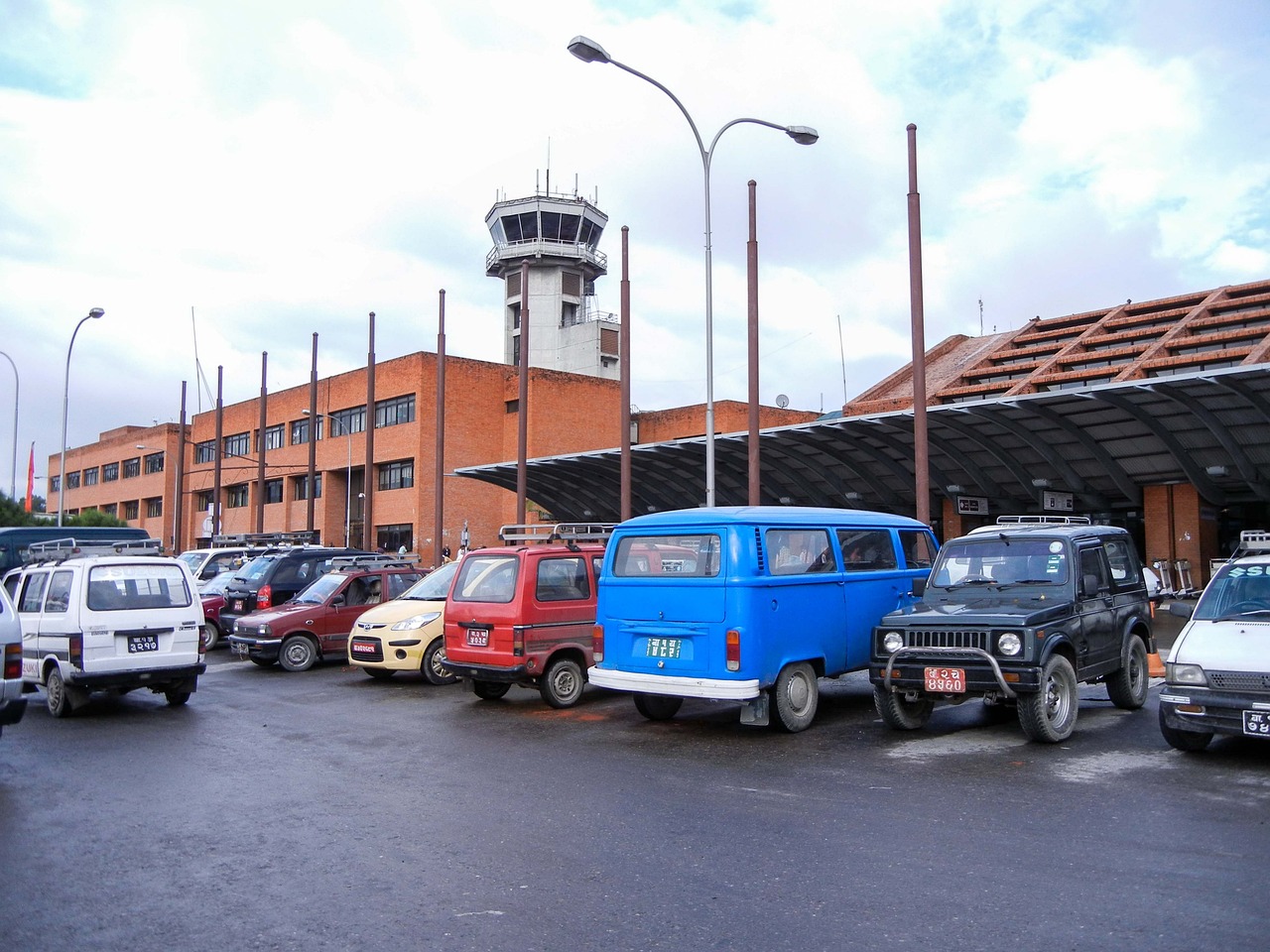
Upon your arrival at Tribhuvan International Airport in Kathmandu (1,400 m/4,593 ft), you will be welcomed by our team and transferred to your hotel. This day is meant for you to recover from your journey and adjust to the new surroundings. Depending on your arrival time, you can explore the vibrant streets of Kathmandu or rest at the hotel. The overnight stay allows you to recharge for the upcoming adventure.
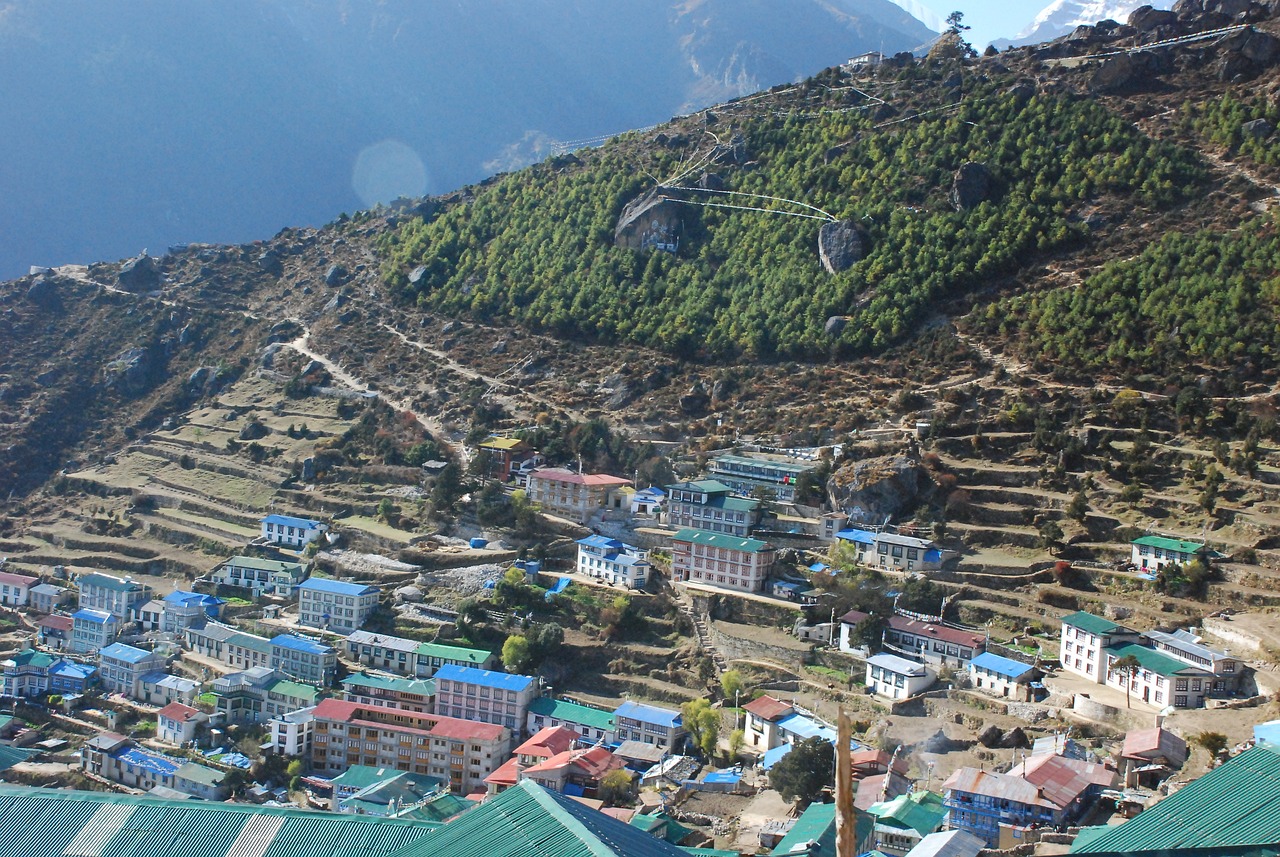
After an early morning flight to Lukla (2,840 m/9,317 ft) from Kathmandu or Manthali (474 m/1,555 ft), you begin your trek to Phakding (2,610 m/8,563 ft). The flight itself is an exciting experience as you witness breathtaking views of the Himalayas. The trek to Phakding is a gentle introduction to the trekking environment, offering picturesque landscapes and encounters with local communities. The guesthouse provides a comfortable stay for the night.
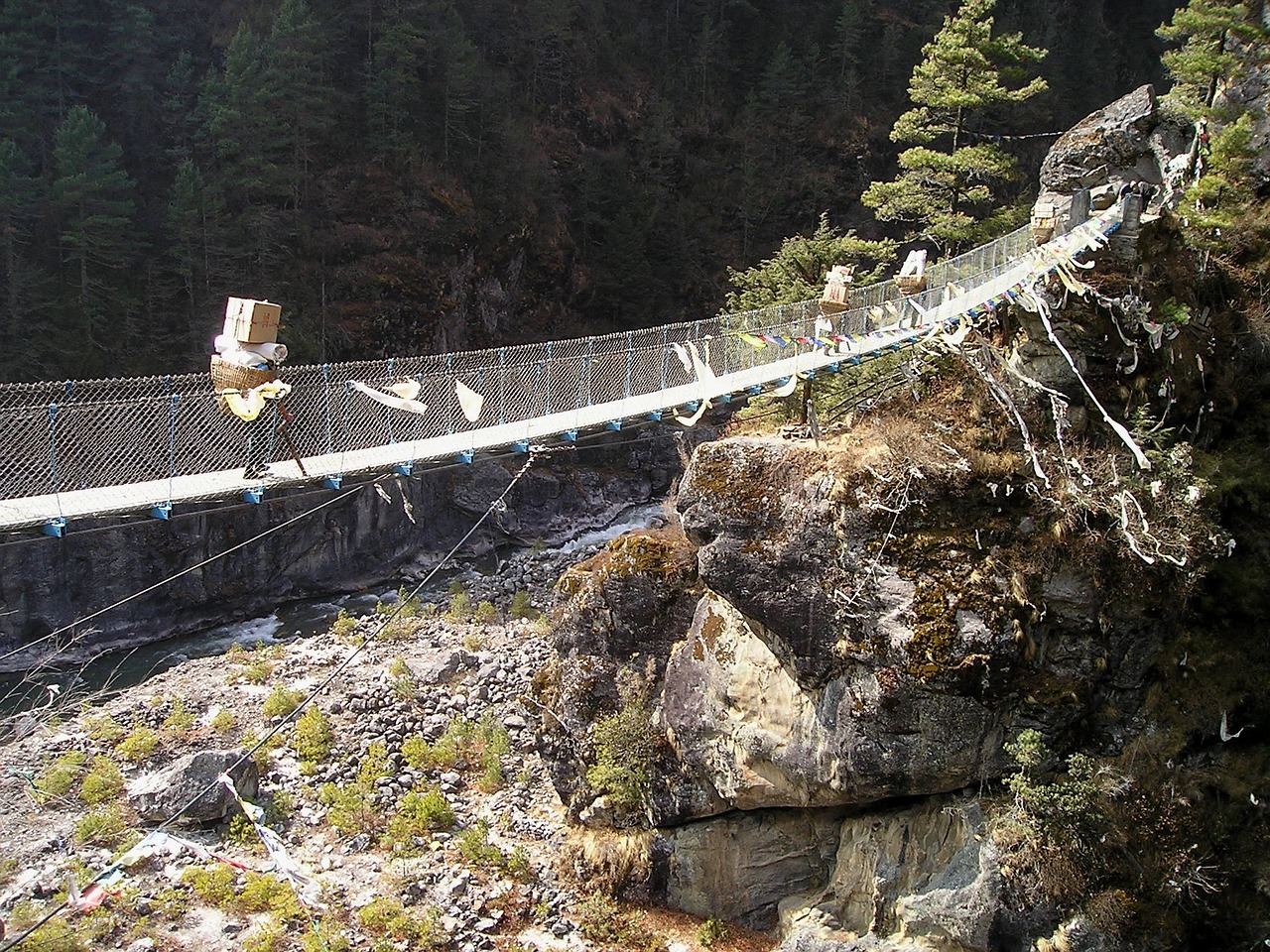
The trek continues as you make your way to Namche Bazaar (3,440 m/11,287 ft), a bustling Sherpa town and a crucial hub for trekkers in the Khumbu region. The journey takes approximately 5 to 6 hours, and along the way, you'll be treated to stunning views of the Himalayan peaks. Namche Bazaar offers a unique blend of traditional and modern elements, making it a fascinating stop for exploration. You spend the night at a guesthouse.

Acclimatization is essential for a safe and enjoyable trek in higher altitudes. This day in Namche Bazaar is dedicated to adjusting to the altitude. You have the option to explore the local market, visit monasteries, or simply relax and take in the surrounding beauty. The rest day contributes to your overall well-being during the trek. Overnight at a guesthouse.
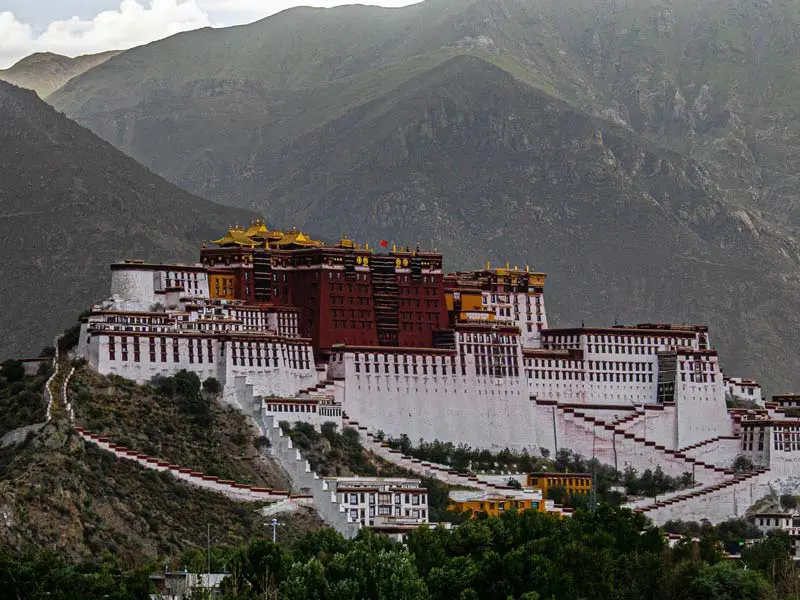
Embark on a 5 to 6 hours trek to Tengboche Monastery (3,860 m/12,664 ft), a significant religious site in the Everest region. The trail offers panoramic views of the Himalayas, and the monastery itself is surrounded by stunning landscapes. The spiritual ambiance adds a unique dimension to your trekking experience. Overnight at a guesthouse.
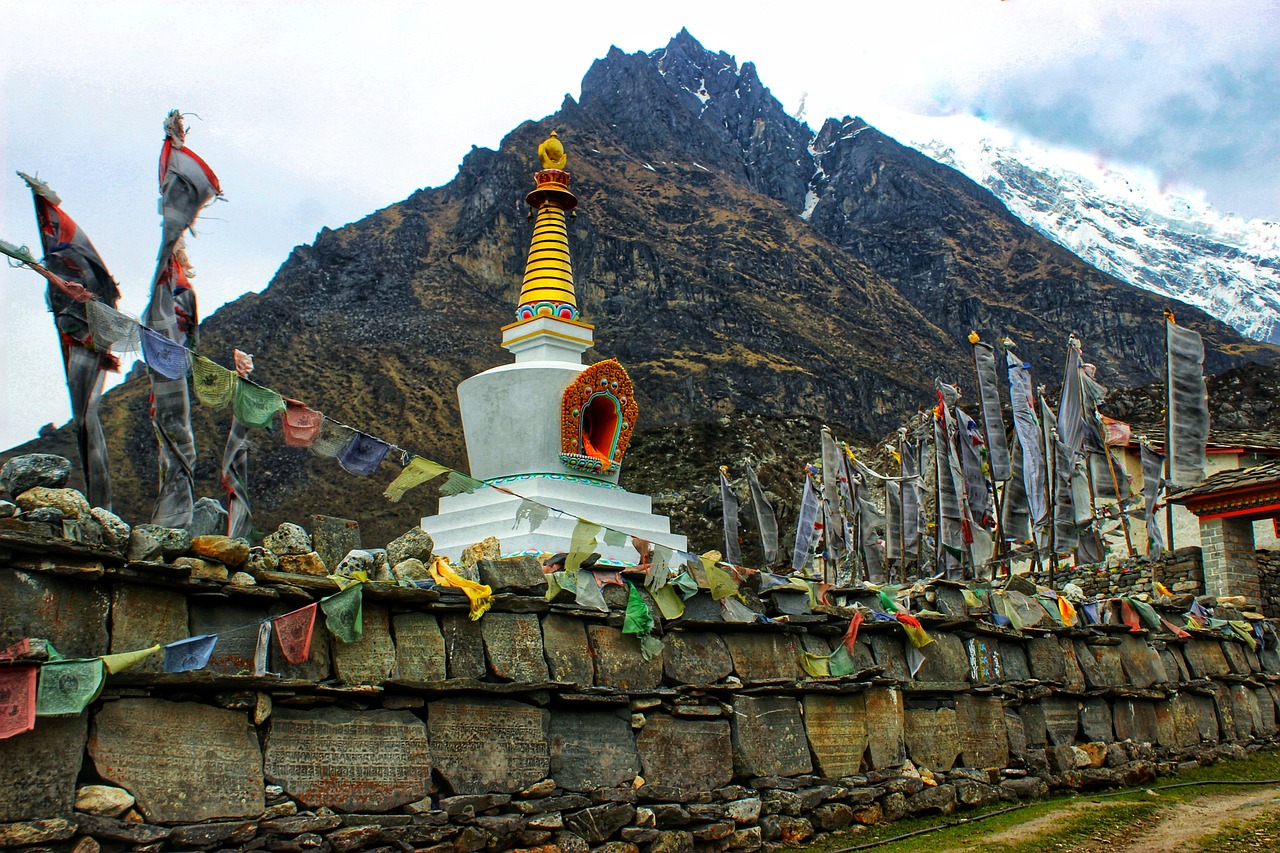
Continue your journey with a 5 to 6 hours trek to Dingboche (4,410 m/14,470 ft). The trail gradually ascends, and you'll be treated to breathtaking views of the surrounding mountains. Dingboche, nestled amidst picturesque landscapes, is your stop for the night. The guesthouse provides a comfortable setting for rest and recovery.
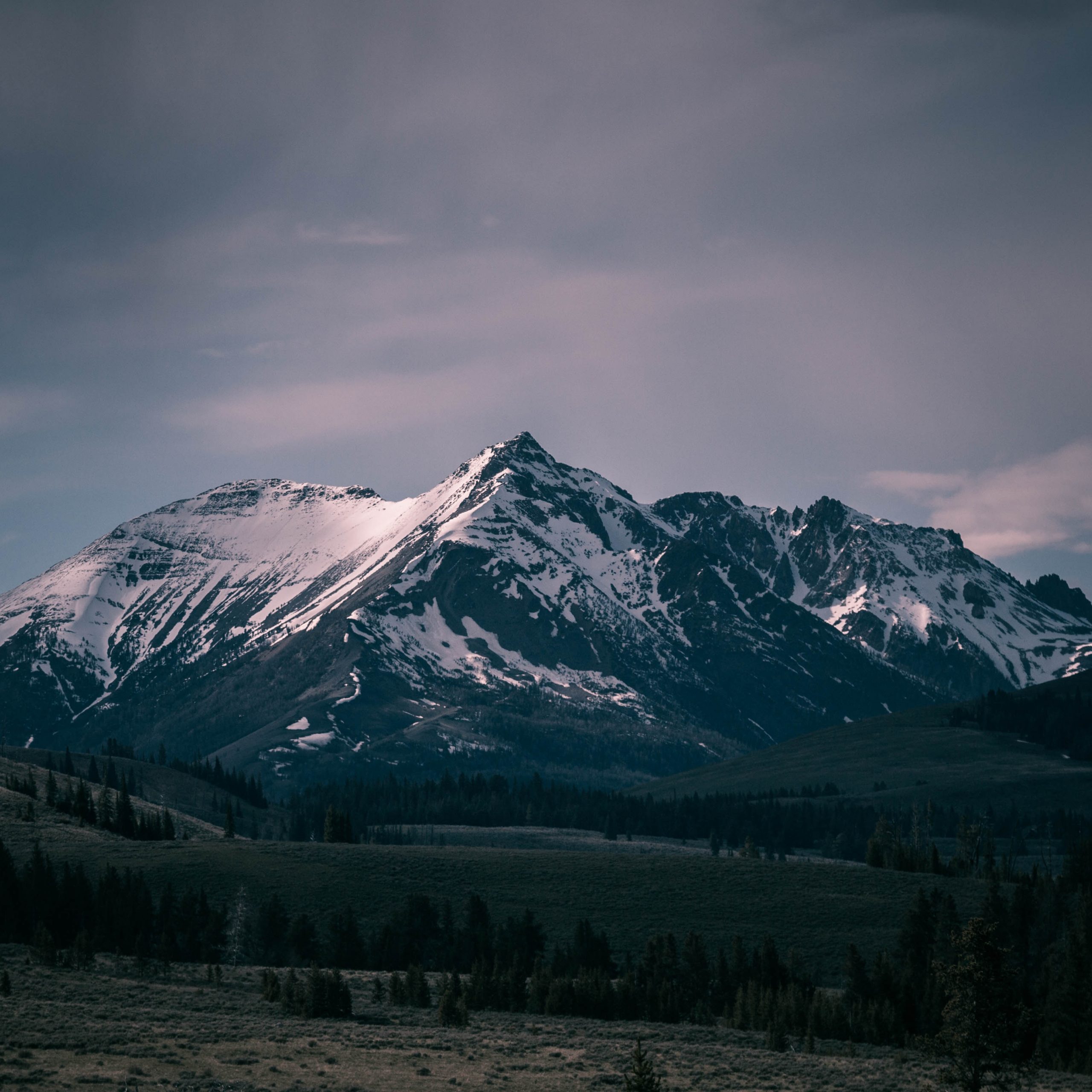
This day involves a day trip to Chukkung Valley (4,730 m/15,518 ft), offering additional acclimatization and spectacular views. After exploring Chukkung Valley, you return to Dingboche, completing the journey in approximately 4 to 5 hours. The guesthouse in Dingboche provides accommodation for the night.

The trek continues with a 5 to 6 hours journey to Lobuche (4,930 m/16,174 ft), an important point on the Everest Base Camp trek. The trail provides glimpses of the Khumbu Glacier and offers a challenging yet rewarding experience. Overnight at a guesthouse in Lobuche.

Embark on a challenging 7 to 8 hours trek to Everest Base Camp (5,364 m/17,599 ft). After reaching the base camp and soaking in the incredible surroundings, you trek back to Gorak Shep (5,164 m/16,942 ft). This day brings you to the foot of the world's highest peak, providing a once-in-a-lifetime experience. Overnight at a guesthouse in Gorak Shep.
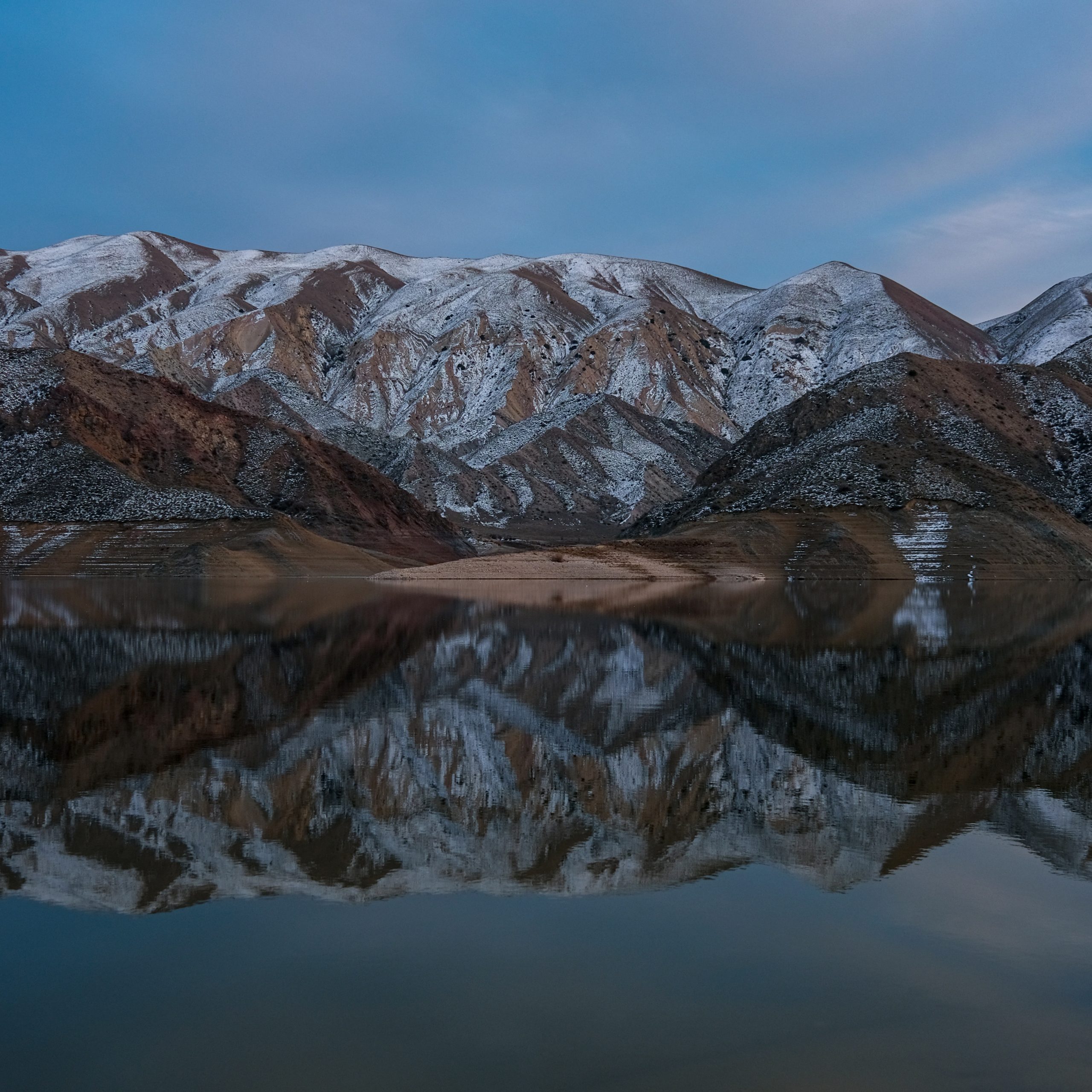
Start the day with a hike to the summit of Kalapattar (5,555 m/18,225 ft) for breathtaking panoramic views of Everest and neighboring peaks. Afterward, trek down to Lobuche, completing the journey in approximately 5 to 6 hours. The guesthouse in Lobuche offers a comfortable setting for the night.
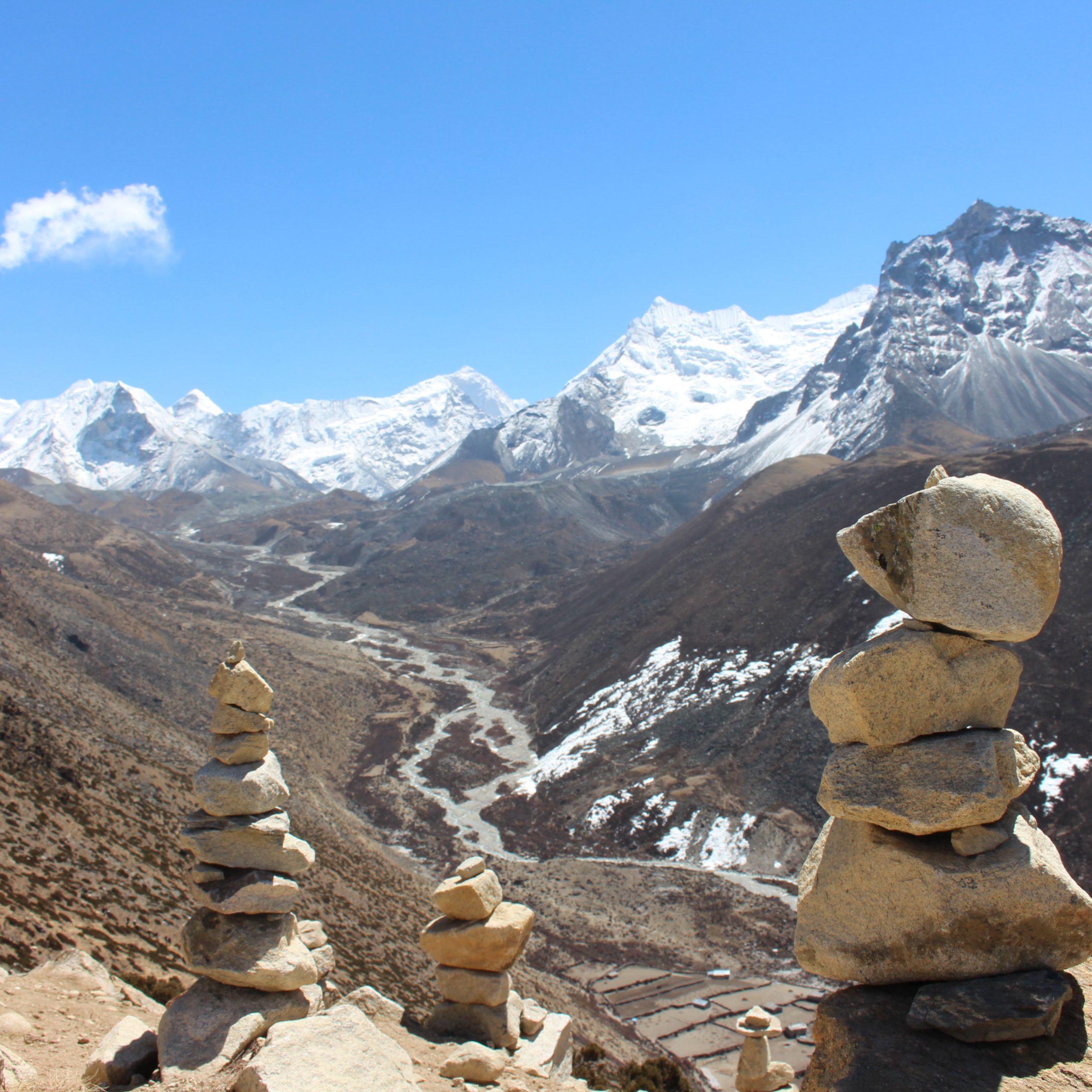
Embark on a 5 to 6 hours trek to Lobuche Peak Base Camp (4,950 m/16,240 ft). This strategic point is where you prepare for the ascent of Lobuche East Peak. Setting up camp at the base camp, you make final preparations for the climbing adventure. The night is spent in tents at the base camp.

The highlight of the trek is summiting Lobuche East Peak (6,119 m/20,075 ft). This challenging climb takes approximately 10 to 11 hours, and reaching the summit offers unparalleled views of the Himalayas. After the triumphant ascent, you descend to the Base Camp and spend the night in tents.

A contingency day is reserved in case of unfavorable weather conditions, ensuring a safe ascent and descent. This extra day adds flexibility to the itinerary, allowing for unforeseen circumstances. Depending on the weather and overall conditions, the day can be used for additional rest or descent. Overnight at a guesthouse or tented camp.
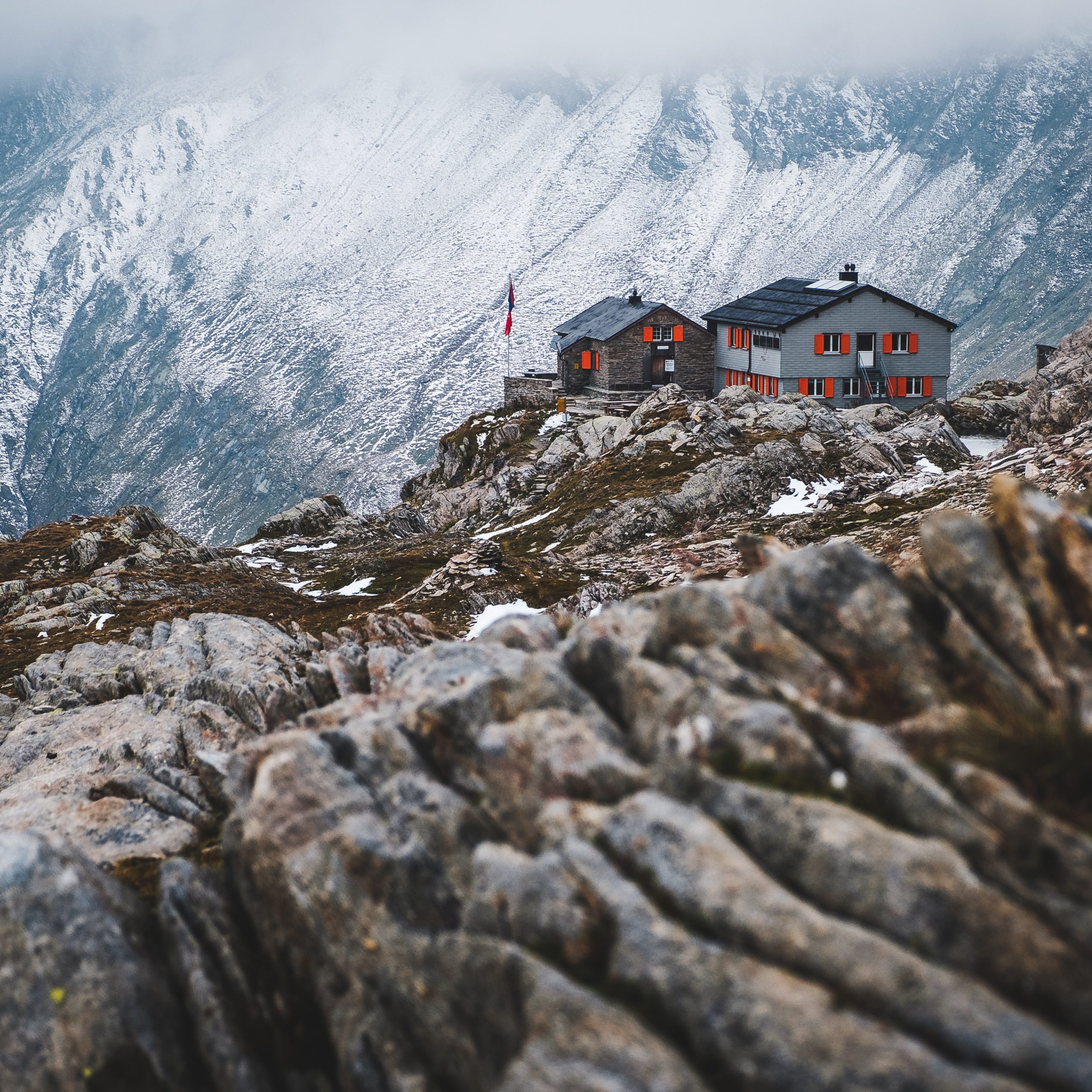
Continue your descent with a 6 to 7 hours trek to Pangboche (3,930 m/12,893 ft). The trail retraces familiar landscapes, and the journey provides an opportunity to reflect on the accomplishments of the trek. Overnight at a guesthouse in Pangboche.
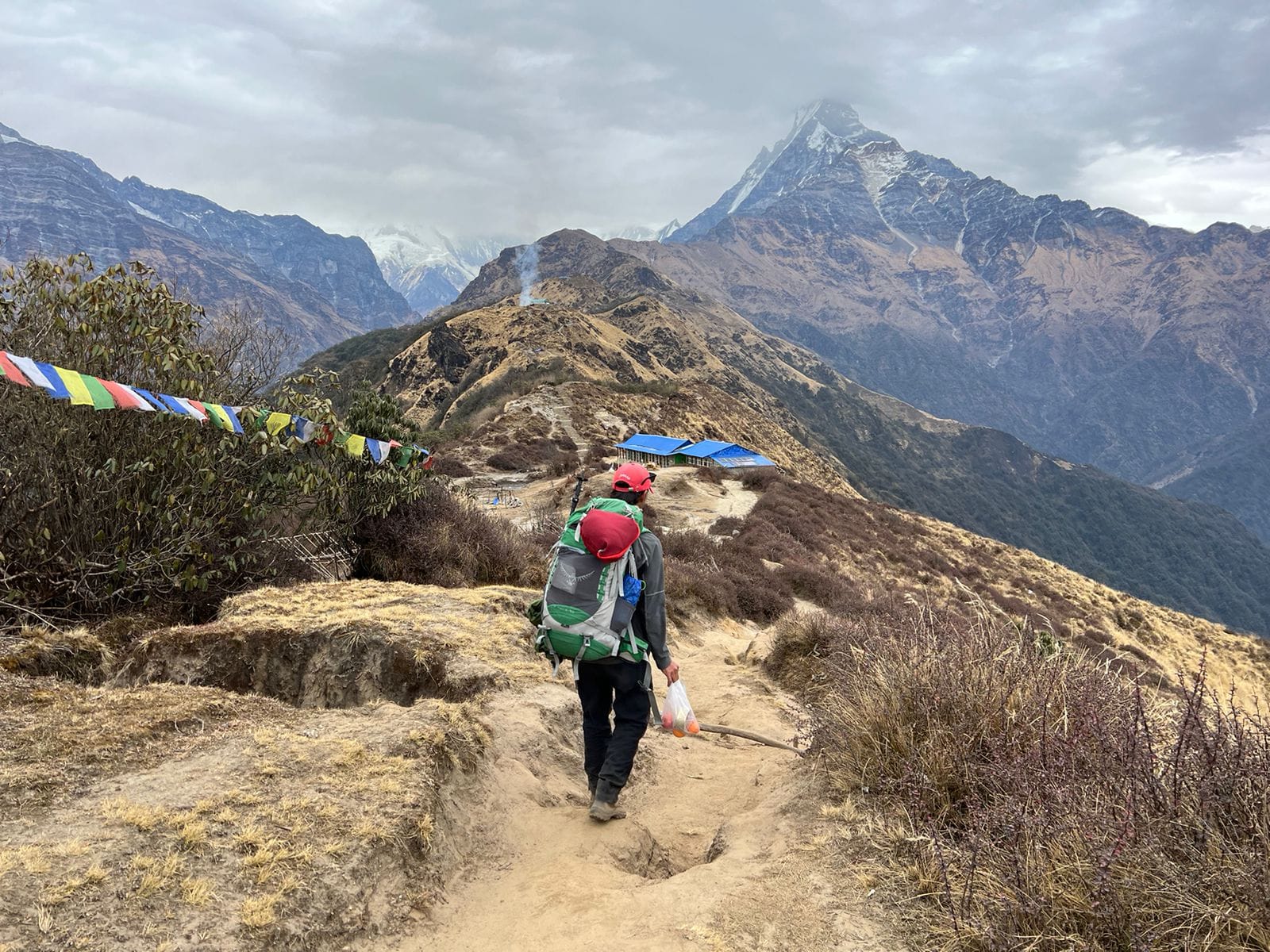
Embark on a 6 to 7 hours trek to Namche (3,440 m/11,287 ft). As you descend, you pass through familiar trails, enjoying the scenery and cultural richness of the region. The night is spent at a guesthouse in Namche.
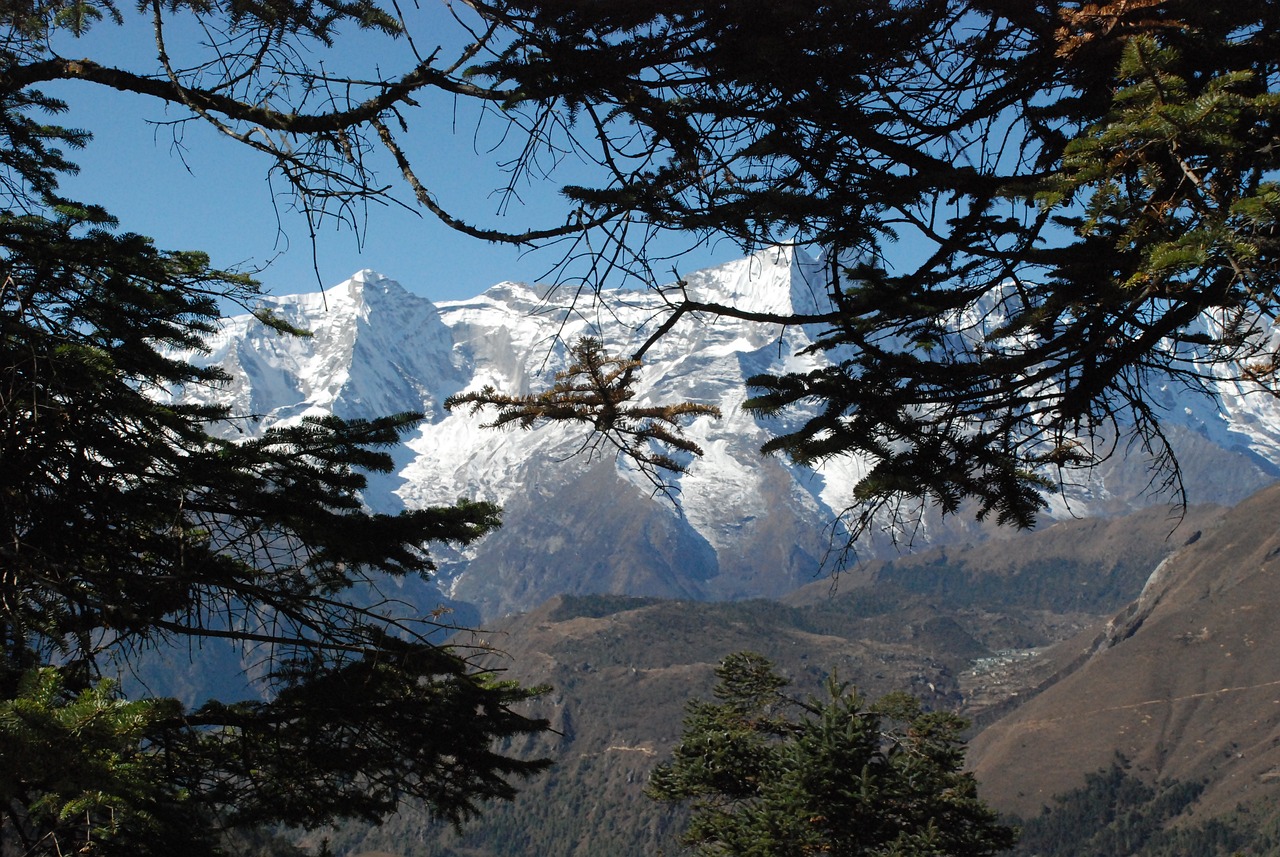
Complete your trek with a 5 to 6 hours journey to Lukla (2,840 m/9,317 ft). This final leg of the trek provides a sense of accomplishment as you approach the starting point of your journey. Overnight at a guesthouse in Lukla.
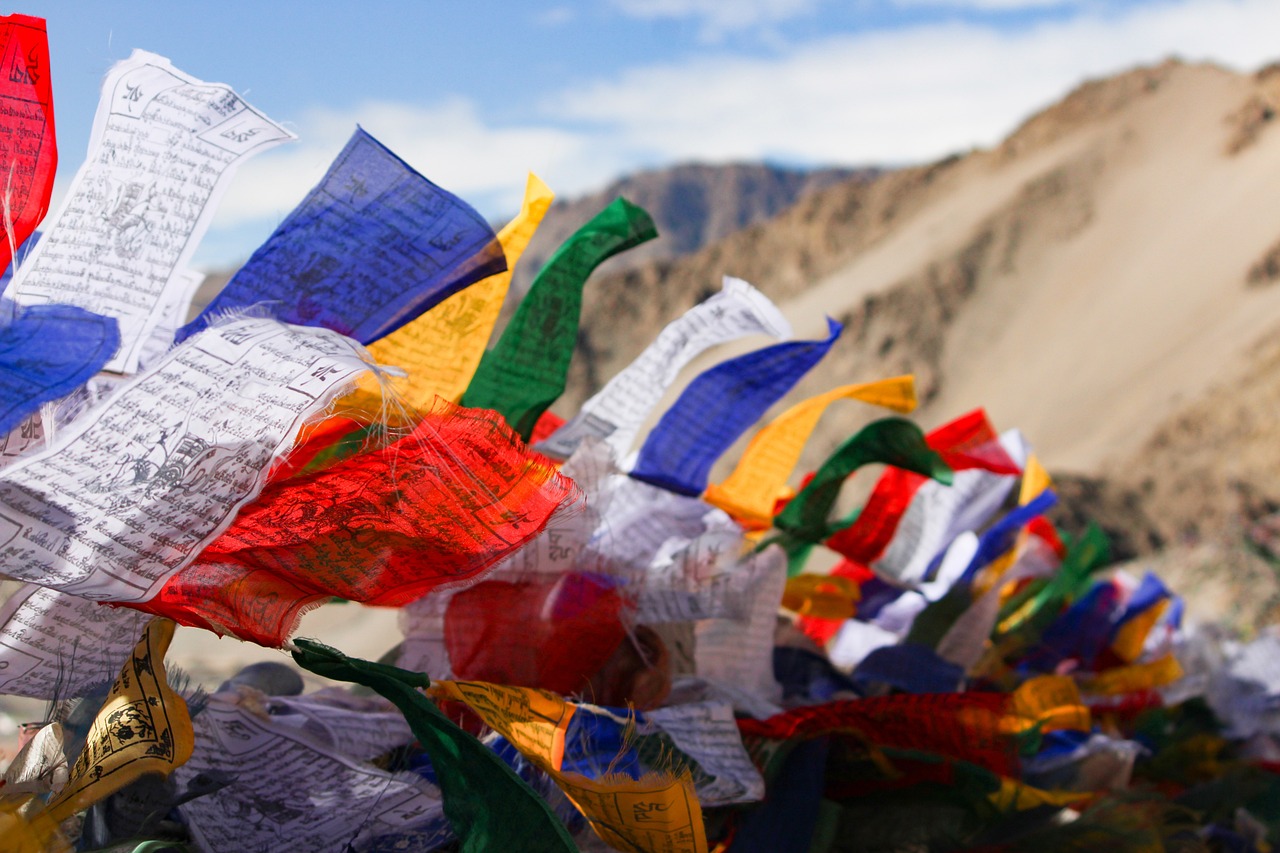
Take a scenic flight back to Kathmandu or Manthali from Lukla. The short flight offers one last opportunity to enjoy aerial views of the Himalayas. Upon reaching Kathmandu, spend the night at a hotel, reflecting on the incredible adventure.

Your adventure concludes with a transfer to Tribhuvan International Airport for your final departure. This marks the end of an exhilarating trek to Everest Base Camp and the triumphant ascent of Lobuche East Peak. The memories and experiences gathered during these days will remain etched in your heart.
Durations
Languages
Frequently asked questions
The best time for the Everest Base Camp and Lobuche East trek is during the pre-monsoon (spring) and post-monsoon (autumn) seasons. Specifically, the optimal months for this trek are from April to May in the spring and from September to November in the autumn. These periods offer favorable weather conditions, clear skies, and more stable temperatures, providing the best opportunities for a successful and enjoyable trek to Everest Base Camp and the climb of Lobuche East.
- Spring Season (April to May):
- Weather: Mild temperatures, clear skies, and stable weather conditions.
- Scenery: Blooming rhododendron forests and vibrant landscapes.
- Climbing Conditions: Reduced chances of precipitation and avalanches, making it safer for climbing.
2. Autumn Season (September to November):
- Weather: Cool temperatures, dry weather, and clear skies.
- Scenery: Clear visibility with stunning panoramic views of the Himalayan peaks.
- Climbing Conditions: Stable weather conditions, minimizing the risk of storms and avalanches.
During these seasons, the Himalayan weather tends to be more predictable, creating optimal conditions for trekking and mountaineering. Planning the expedition to coincide with these favorable weather windows is important to ensure a safer and more enjoyable experience. Participants can also witness the beauty of the Khumbu region, from lush landscapes to the snow-clad peaks, adding to the overall allure of the trek.
The Lobuche East climb is challenging, although it falls into non-technical climbs. Climbers attempting Lobuche East should possess higher physical fitness and basic mountaineering skills. Here are some key aspects that contribute to the challenge of the Lobuche East climb:
- Altitude: Lobuche East stands at 6,119 meters (20,075 feet). The climb involves ascending to high heights, which can pose challenges related to acclimatization and altitude sickness. Participants should be prepared for the effects of reduced oxygen levels.
- Technical Terrain: While Lobuche East is categorized as a non-technical climb, it still involves negotiating challenging terrain. Climbers will encounter steep sections, snow and ice slopes, and a demanding ridge ascent. Proficiency in using crampons, ice axes, and ropes is necessary.
- Weather Conditions: The Himalayas are known for unpredictable weather, and climbers on Lobuche East may face rapidly changing weather conditions. Sudden snowfall, storms, and strong winds can complicate the climb.
- Acclimatization: Adequate acclimatization is crucial for high-altitude climbs. The itinerary typically includes acclimatization days during the trek to Everest Base Camp, which benefits participants before attempting the higher elevations of Lobuche East.
- Physical Endurance: Climbers should have good physical fitness and endurance. The ascent involves sustained effort over varied terrain, and participants should be capable of managing the physical demands of both the trek and the climb.
Participants must undergo proper preparation, including cardiovascular, strength, and altitude-specific training. Additionally, having experience in basic mountaineering skills and familiarity with climbing equipment will enhance the overall safety and success of the Lobuche East climb. While the climb presents challenges, it also offers rewarding views of the Everest region and a sense of accomplishment upon reaching the summit. Participants should approach the Lobuche East climb with a commitment to physical preparation, mental resilience, and adherence to safety guidelines provided by experienced guides.
Given the significant elevation gains in the journey, high-altitude acclimatization is crucial for the Everest Base Camp and Lobuche East trek. Both trekkers and climbers will ascend to high altitudes, and proper acclimatization is essential to reduce the risk of altitude-related illnesses and enhance overall safety and enjoyment. Here are key reasons why high-altitude acclimatization is necessary:
- Altitude-Related Illnesses: Acute Mountain Sickness (AMS), High Altitude Pulmonary Edema (HAPE), and High Altitude Cerebral Edema (HACE) are potential risks at high elevations. Adequate acclimatization helps the body adjust to reduced oxygen levels, lowering the chances of these illnesses.
- Gradual Exposure: The trek itinerary typically includes acclimatization days at key locations, allowing participants to expose themselves to higher elevations gradually. This helps the body adapt to the thinning air and reduces oxygen levels.
- Symptom Recognition: Acclimatization periods allow participants and guides to monitor for symptoms of altitude sickness. Early recognition and intervention are crucial to preventing the progression of more severe altitude-related conditions.
- Improved Oxygen Utilization: Acclimatization enhances the body's ability to utilize available oxygen efficiently. This adaptation involves physiological changes, such as increased production of red blood cells and improved circulation.
- Reduced Fatigue and Discomfort: Proper acclimatization reduces fatigue, headaches, and other discomforts associated with altitude. This allows participants to enjoy the trek and climb more comfortably.
- Enhanced Performance: Acclimatized individuals typically perform better at high altitudes. Climbers, in particular, benefit from acclimatization as they ascend Lobuche East, which reaches an elevation of 6,119 meters (20,075 feet).
- Safer Ascent Profile: A well-designed itinerary includes acclimatization rotations, where participants climb to higher elevations and descend to lower altitudes to rest. This gradual ascent profile minimizes the risk of altitude-related complications.
The trek itinerary often includes strategically planned rest days at key locations, such as Namche Bazaar and Dingboche, to facilitate acclimatization during the Everest Base Camp trek. These rest days allow participants to explore the surroundings, engage in cultural experiences, and acclimate gradually. Participants need to follow the guidance of experienced guides, stay hydrated, and promptly communicate any altitude sickness symptoms. Proper acclimatization enhances the overall safety and success of the Everest Base Camp and Lobuche East Trek.
The average duration of the Everest Base Camp and Lobuche East expedition typically spans around 18 to 20 days. This duration includes the trek to Everest Base Camp, acclimatization days, the climb of Lobuche East, and the descent. The itinerary is designed to provide participants with a well-paced journey, allowing for gradual acclimatization to the high-altitude conditions of the Everest region. The breakdown of the expedition duration is as follows:
- Trek to Everest Base Camp: The trek to Everest Base Camp usually takes approximately 12 to 14 days, starting from Lukla and passing through key points such as Namche Bazaar, Tengboche, Dingboche, and Gorak Shep.
- Acclimatization Days: Acclimatization days are strategically integrated into the itinerary at key locations, such as Namche Bazaar and Dingboche. These rest days allow participants to adapt gradually to the thinning air and reduce the risk of altitude-related illnesses.
- Lobuche East Climb: The climb of Lobuche East adds several days to the overall duration. This includes the ascent to High Camp, the summit push, and the descent back to Everest Base Camp.
- Descent and Conclusion: After reaching the summit of Lobuche East, participants descend back to Everest Base Camp and follow the trail back to Lukla. The descent is an integral part of the overall journey.
The expedition duration may vary based on specific itineraries trekking and expedition organizers offer. It's important to choose an itinerary that allows for proper acclimatization, maximizes safety, and provides an enjoyable experience in the stunning landscapes of the Khumbu region. Participants should also consider additional days for travel to and from Nepal, allowing for potential delays due to weather conditions or unforeseen circumstances. The duration ensures that participants have ample time to acclimate, enjoy the trek, and successfully summit Lobuche East, creating a memorable and rewarding Himalayan adventure.
The group size is typically kept small to ensure personalized attention and safety. This facilitates better communication between participants and guides and allows for a more cohesive and closely monitored experience.
- High-Quality Equipment: Participants receive high-quality trekking and climbing equipment, including appropriate clothing, sleeping bags, and camping gear. Well-maintained equipment contributes to overall safety and comfort.
- Safety Briefings: Before the trek and climb, participants receive safety briefings covering essential information such as altitude-related concerns, emergency procedures, and proper use of equipment. This ensures that participants are well-informed and prepared.
- Climbing Permits and Regulations: Proper climbing permits and adherence to regulations are ensured to maintain safety standards. Climbing authorities in Nepal have specific guidelines to promote safety on popular peaks like Lobuche East.
- Flexible Itinerary: The expedition itinerary is designed with flexibility to accommodate changes due to weather conditions, health issues, or other unforeseen circumstances. This adaptability enhances safety during the journey.
Participants are encouraged to follow safety guidelines, communicate openly with guides, and prioritize their well-being throughout the expedition. The combination of experienced leadership, emergency preparedness, and a focus on participant safety contributes to a secure and enjoyable Himalayan adventure.

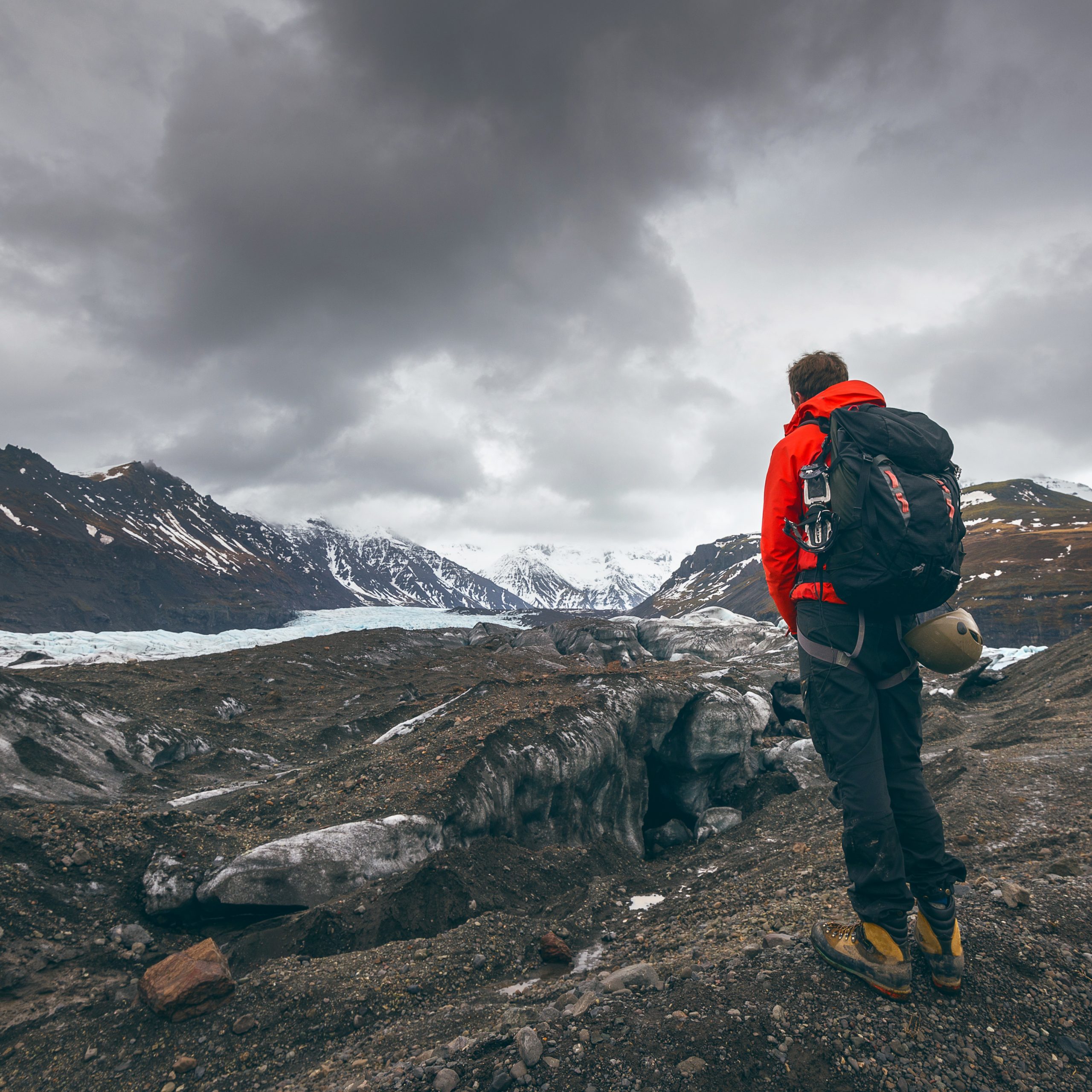
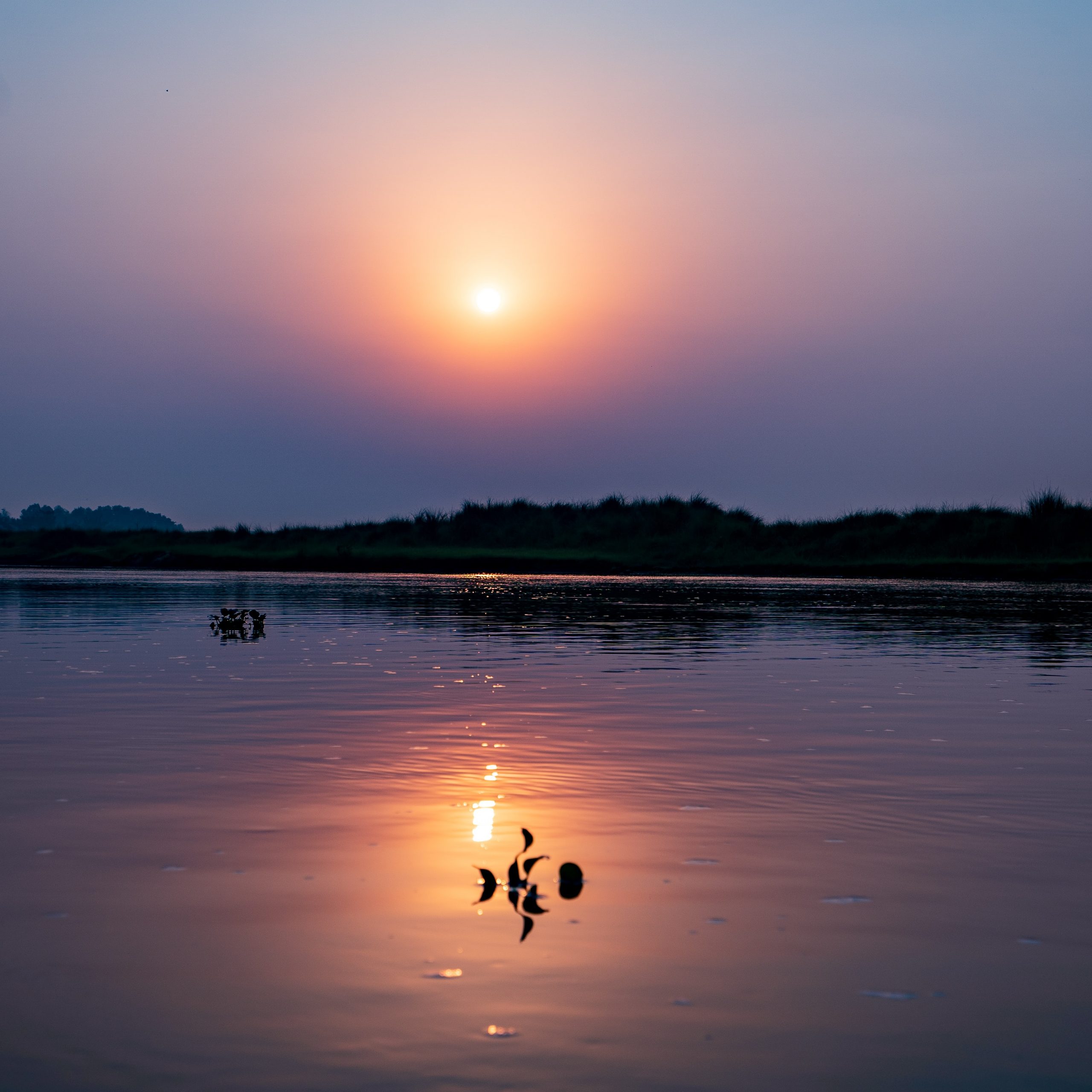

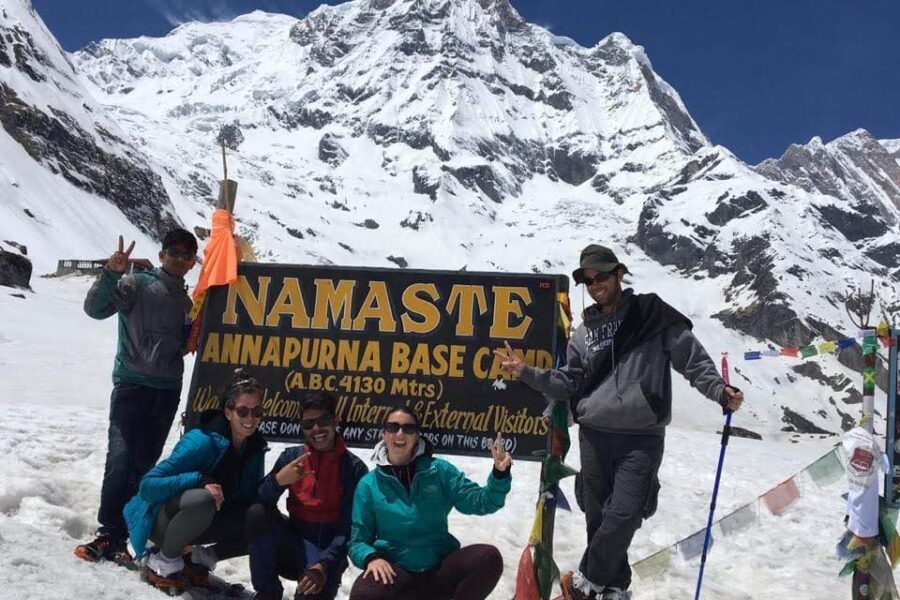
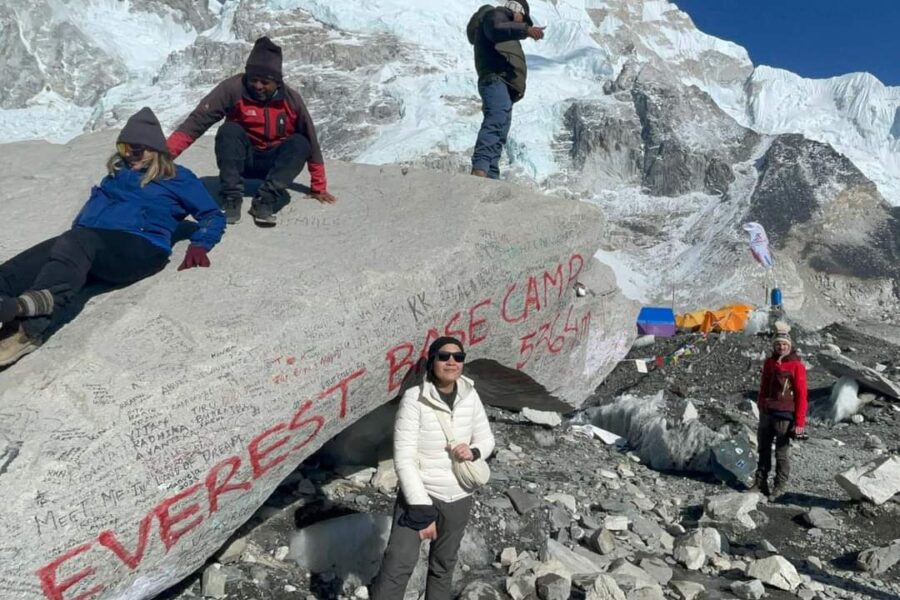
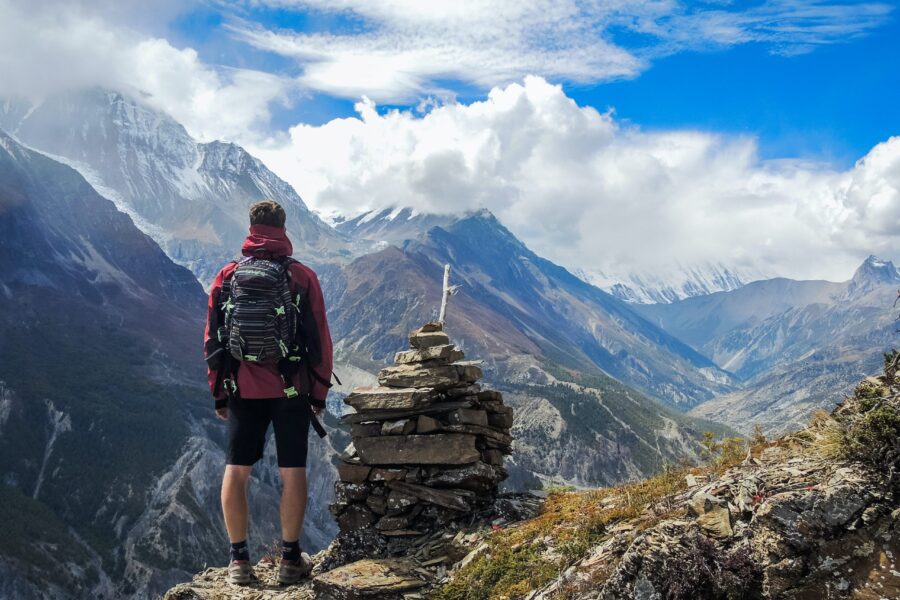
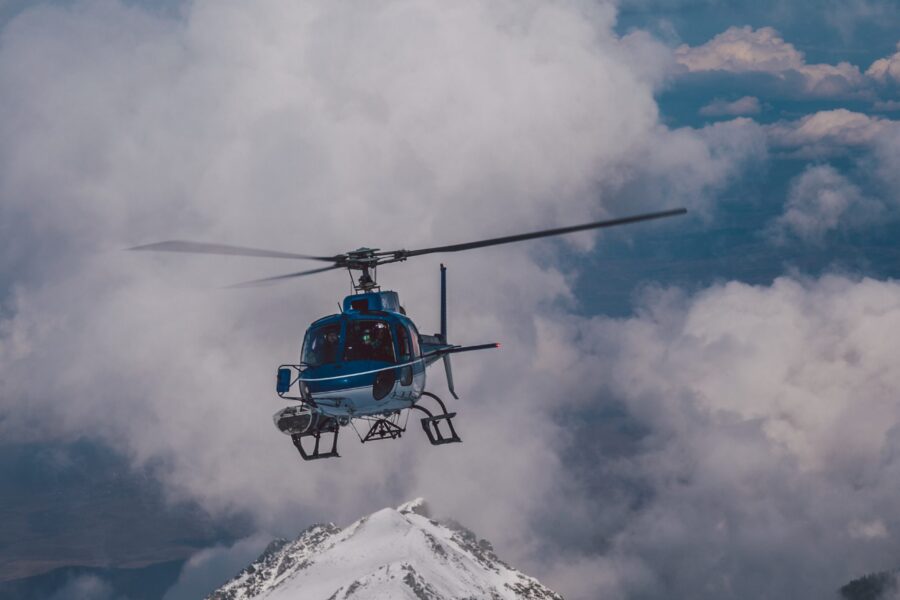
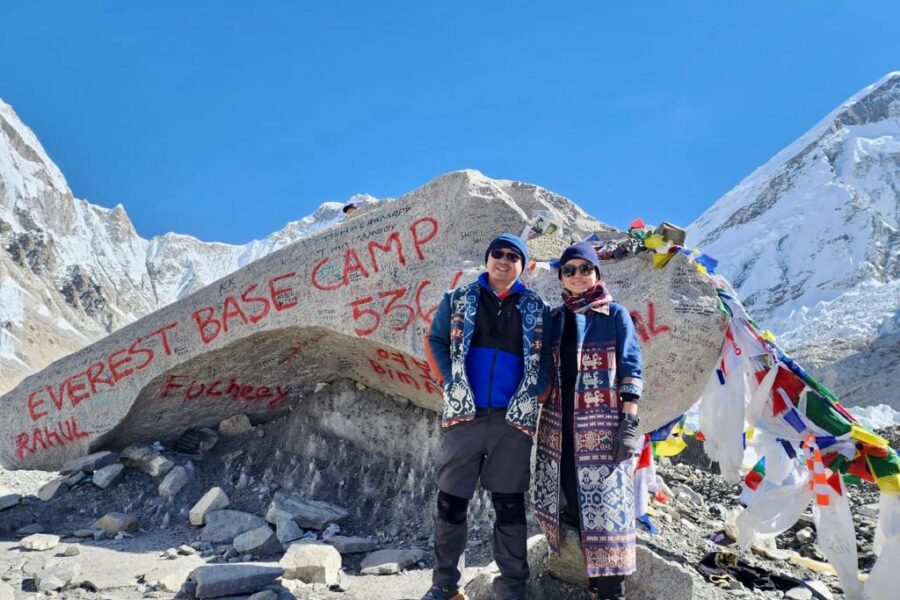
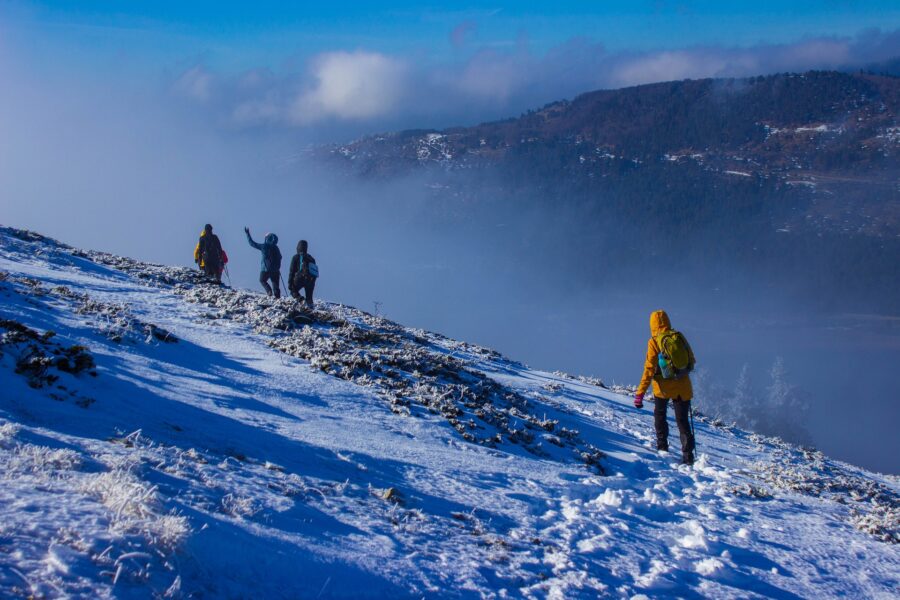

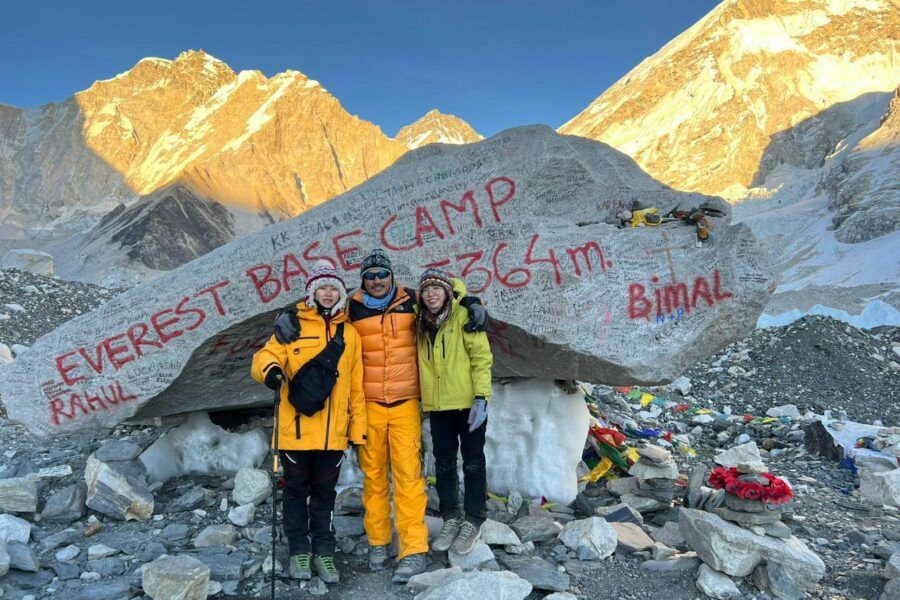
Leave a review